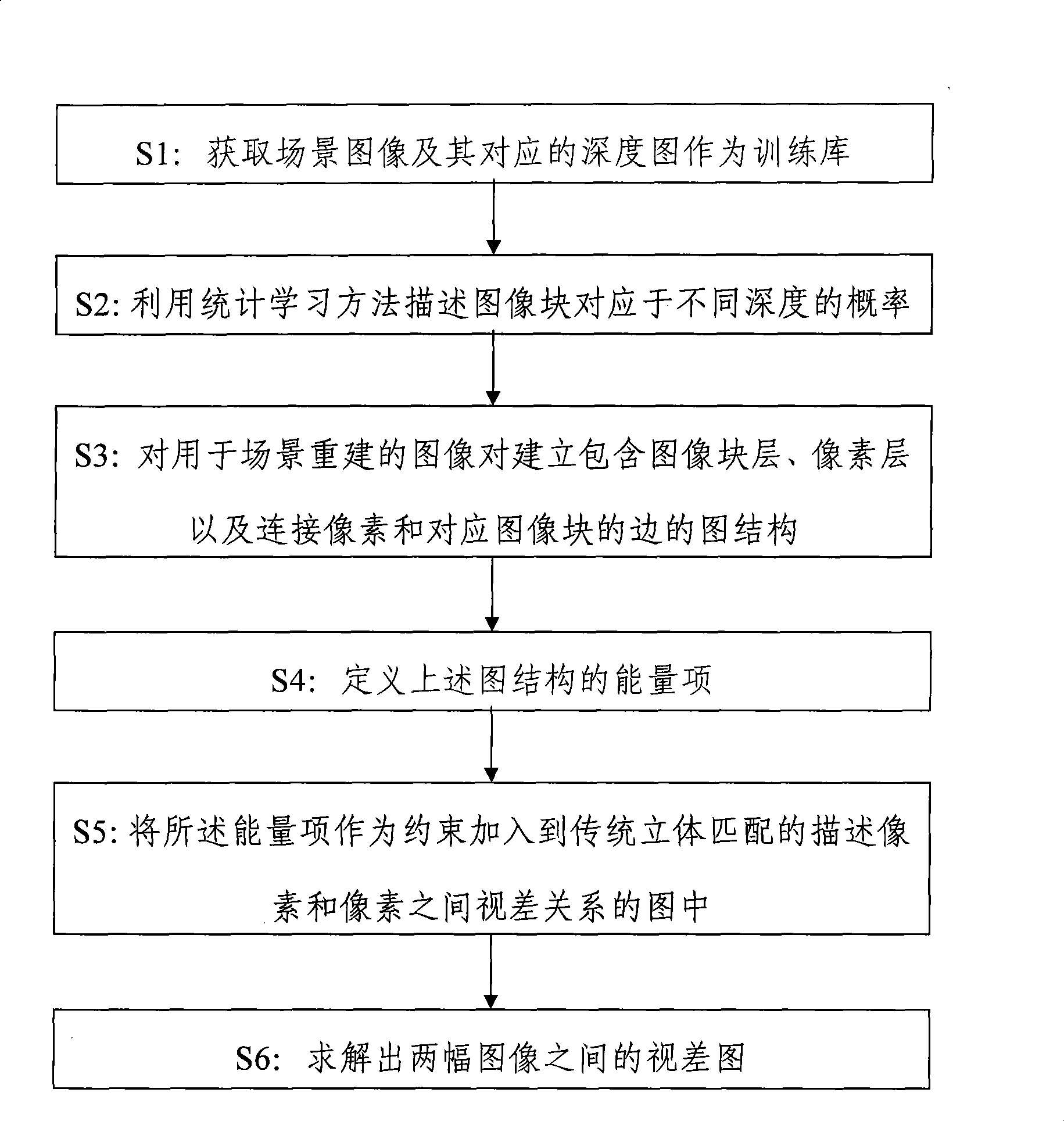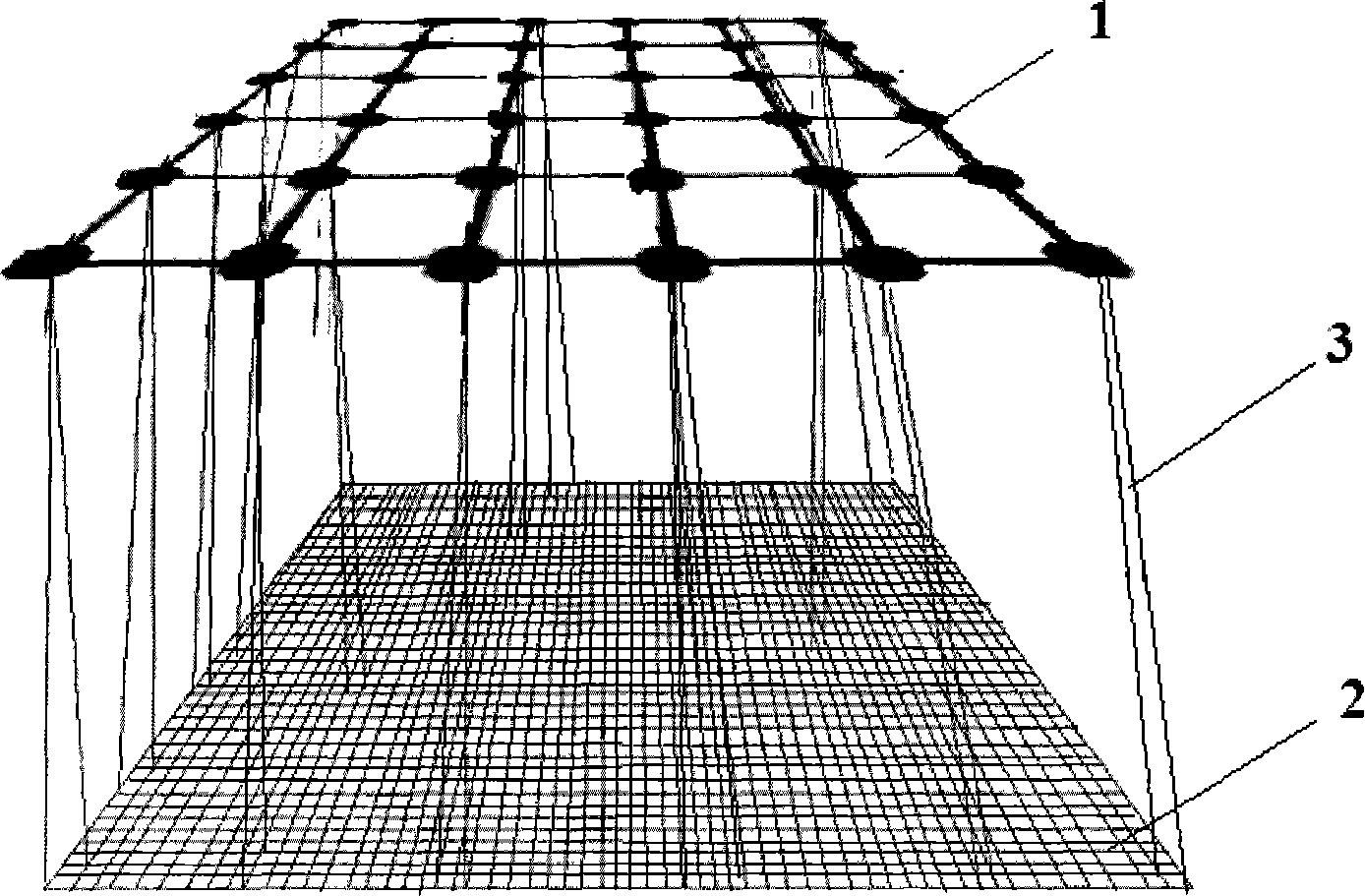Method for recovering three-dimensional geometric information from image
A technology in 3D geometry and images, applied in the field of computer vision, can solve problems such as difficult heuristic constraints
- Summary
- Abstract
- Description
- Claims
- Application Information
AI Technical Summary
Problems solved by technology
Method used
Image
Examples
Embodiment Construction
[0037] The following examples are used to illustrate the present invention, but are not intended to limit the scope of the present invention.
[0038] The technical solution of the present invention is briefly described as follows: firstly, training data is acquired. Use a laser scanner and a calibrated camera to simultaneously acquire a picture of the scene and its corresponding depth map; then extract features from each image in the training library, and use a joint Laplacian Markov random field model to describe the image features Corresponding to the probability of different depths and the relationship between the depth values of adjacent positions, the model parameters are obtained by learning the training library. Then build a two-layer graph structure to combine high-resolution binocular cues and low-resolution monocular cues; use the parameters obtained in the previous step to define the energy term of the image block layer, and add it as a constraint to the traditio...
PUM
 Login to View More
Login to View More Abstract
Description
Claims
Application Information
 Login to View More
Login to View More - R&D Engineer
- R&D Manager
- IP Professional
- Industry Leading Data Capabilities
- Powerful AI technology
- Patent DNA Extraction
Browse by: Latest US Patents, China's latest patents, Technical Efficacy Thesaurus, Application Domain, Technology Topic, Popular Technical Reports.
© 2024 PatSnap. All rights reserved.Legal|Privacy policy|Modern Slavery Act Transparency Statement|Sitemap|About US| Contact US: help@patsnap.com










